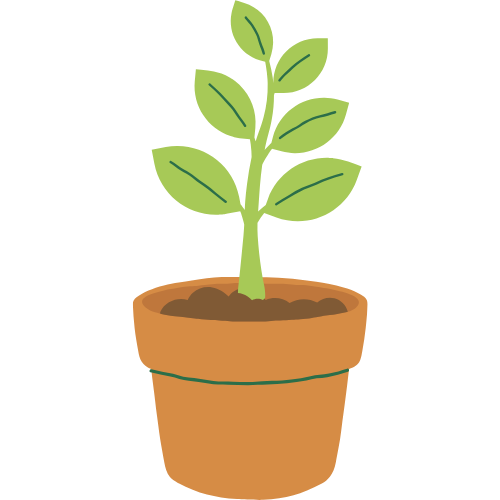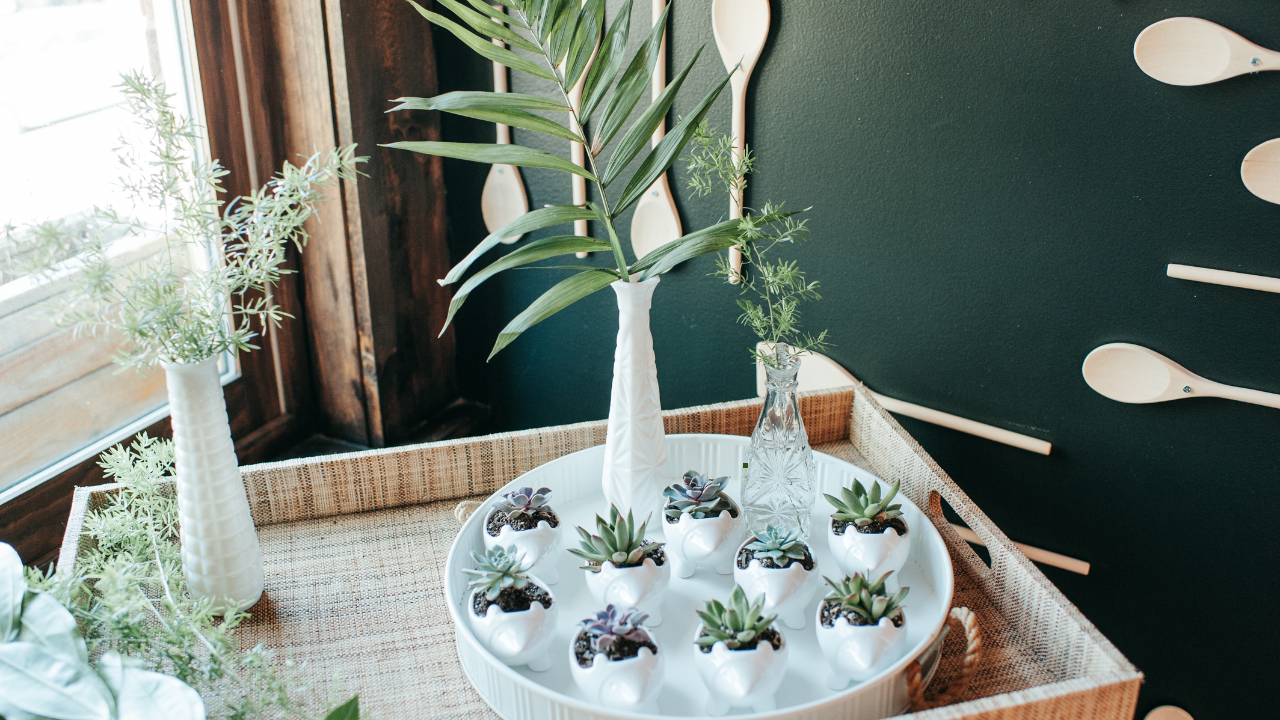Plants can make your house look great and feel more lively, healthy and calm, which is why introducing indoor plants into your home decor is an amazing idea. Plants are not mere air cleaners, they are dynamic design objects that can change an environment, bring personality to a design and make it connect towards the natural environment. No matter whether you own one solitary plant or a mammoth assortment, with a little care and decor, your decor can move right off the charts of the most ordinary.
And this is some professional advice on indoor plant styling which can perhaps assist you with designing in plants.
1. Right Plant in the Right Place
Take into consideration the needs of the plant before you begin styling. The thing with plant decor is first rule where the plant will be selected to suit the spot you want them. A shade tolerant, bright light plant will not do well in the dark corner merely because it may look good in that area.
- Evaluate the Light: Take a look at the light at your premises during the day. Is it a sunny windowsill, a dark hallway or a place with bright indirect light?
- Plant and Light: Match the Two:
- Direct Bright Light: Cacti, succulents, and Fiddle Leaf Figs are fond of this.
- Bright but Indirect Light: Most ferns, Peace Lilies, Fiddle Leaf Figs grow well in this kind of light.
- Low Light: Snake Plants, ZZ Plants, and Pothos are some of the best ones.
2. Scale and Height Games
It is very good to mix plants of a variety of sizes and height to provide visual interest and depth. There is no need to be too afraid of blending.
- Establish a Room Attraction: An enormous plant all alone can serve as a potent attraction in a room. One can have a tall, elegant Fiddle Leaf Fig or a grandiose Bird of Paradise corner-anchoring elements and attract attention.
- Grouping: Plant plants of numerous heights and sizes, together, to develop a lush, dynamic formation. To give a specific example, have a tall plant of snake plant, which you combine with medium-sized ZZ plant and smaller succulent on a tray. This setup is more deliberate and looks prettier as compared to organic distribution of plants.
- Use the Vertical Space: Do not ignore the vertical styling. Trailing plants such as Pothos, Ivy or a String of Pearls do equally well in hanging planters, macrame hangers, or planters beautifully mounted to the walls. This introduces a visual texture and can save a floor space.
3. Design Your Planters and Pots
The plant is just great on its own, but also the pot. An attractive pot is something that will fit your decor and be a hint of extra color or texture.
- Make Your Decor Match: Use planters that fit your home.
- Minimalist: Use plain, uncoloured pots in white, black or terracotta.
- Bohemian: Invest in woven baskets or macrame hangers or ceramic pots that have a complex pattern.
- Contemporary: Sleek metal stands and geometric planters or concrete pots will suit.
- Play with Textures: Combine planters made of terracotta, ceramic, woven baskets, metal, etc. to have the rich layered look about.
- Plant Up: Move the original nursery pot which might look ugly into a prettier one. Simply make sure that the new pot does not lack drainage holes.
4. Plants as a Means of Space Defining and Vista Framing
One can utilize plants in order to make up a room divider or to make a frame of window or furniture.
- Make a Natural Screen: A large plant, with plenty of foliage such as a Monstera, or a group of taller plants can be used to screen a reading corner off the rest of the living room.
- Frame a Window: Take two similar plants to put two plants in a windowsill or on two sides of a window to frame the garden or the view to introduce the outdoors to your home by bringing it in.
- Add To A Hard Line: Put a plant besides a bookshelf, television stand or a fireplace to render the harsh line features and give it the organic and natural effect.
5. Fashion with Accessories
A good way to think about that is that the plants are like the staple, and the accessories are like the punctuating marks.
- Go High with Stands: Stands, pedestals and side tables all provide height and glamour to a plant immediately. A basic wooden stand is all that is required to transform a mini plant into a statement furniture.
- Combine with Other Items: Plants can be combined with books, candles, sculptures, or other items to create a curated vignette. This gives the set-up the impression of a conscious element of your interior design.
- Add a Tray: Sometimes it can be difficult to find a stylish tray that fits all of your small plants or succulents but this still looks fantastic when used as a collection of small plants. This makes the grouping together and also easy to move when it comes to watering or cleaning.
6. Make a Living Wall
To make the final green statement think of a living wall. This can be as easy as a vertical planter system on wall or as complicated as mounted moss and plant system. It is a beautiful means to add a lot of greenery into a mix even without using floor space which is also suitable in a small apartment or an accent piece in a spacious room.
The idea is to imagine that your plants are not living things but objects of the decoration in your home, i.e., the idea is to make your home as nice as possible but alive and colorful. Sources



